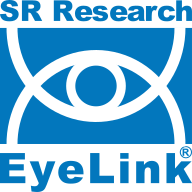Network Analysis
Dear all,
I am conducting a network analysis on parental risk factors, which were coded dichotomously (0 = risk factor is absent, 1 = risk factor is present) based on information retrieved from casefiles (N = 400). Most risk factors (but not all of them) were artificially dichotomized whereas in reality the underlying construct is measured on a continuous scale (e.g., parental mental health characteristics).
As I understand, the IsingFit estimation method is the recommended technique for binary data. When I run IsingFit-based network analyses, I obtain sparse and rather uninformative networks which do not align with the bivariate associations that I found (expressed in phi coefficients). However, when I apply the EBICglasso estimation method (which is recommended for continuous data) much richer and interpretable networks are produced which are more in line with the bivariate associations that I calculated.
In my study I want to take an exploratory approach in which I am mainly interested in the structure of the networks. I am not so much interested in the most precise/accurate parameter estimates or deriving strong inferential claims form the networks.
My question:
Would it be acceptable in this exploratory context to use the EBICglasso estimation method even though my dataset comprises dichotomous variables? If not, what would be the main objections or pitfalls I should be aware of?
Any thoughts on this would be appreciated. Thanks in advance!


Comments
I am not an expert on this analysis, but what I would do:
I will forward your question to some experts and see whether there is a general answer